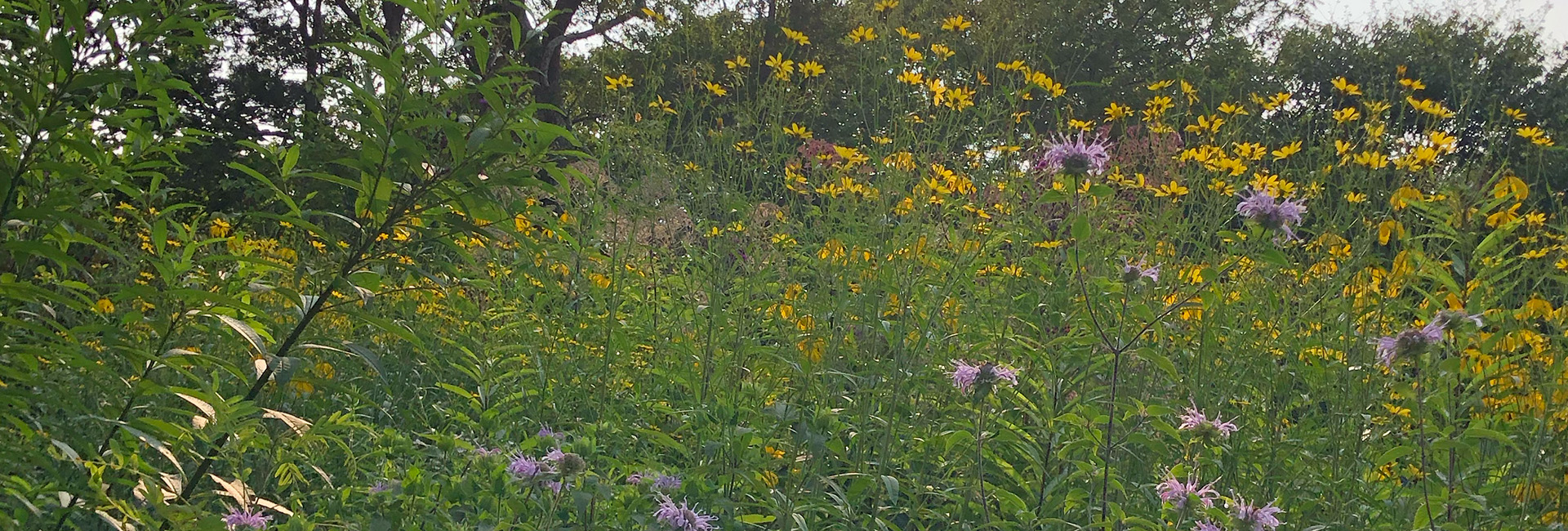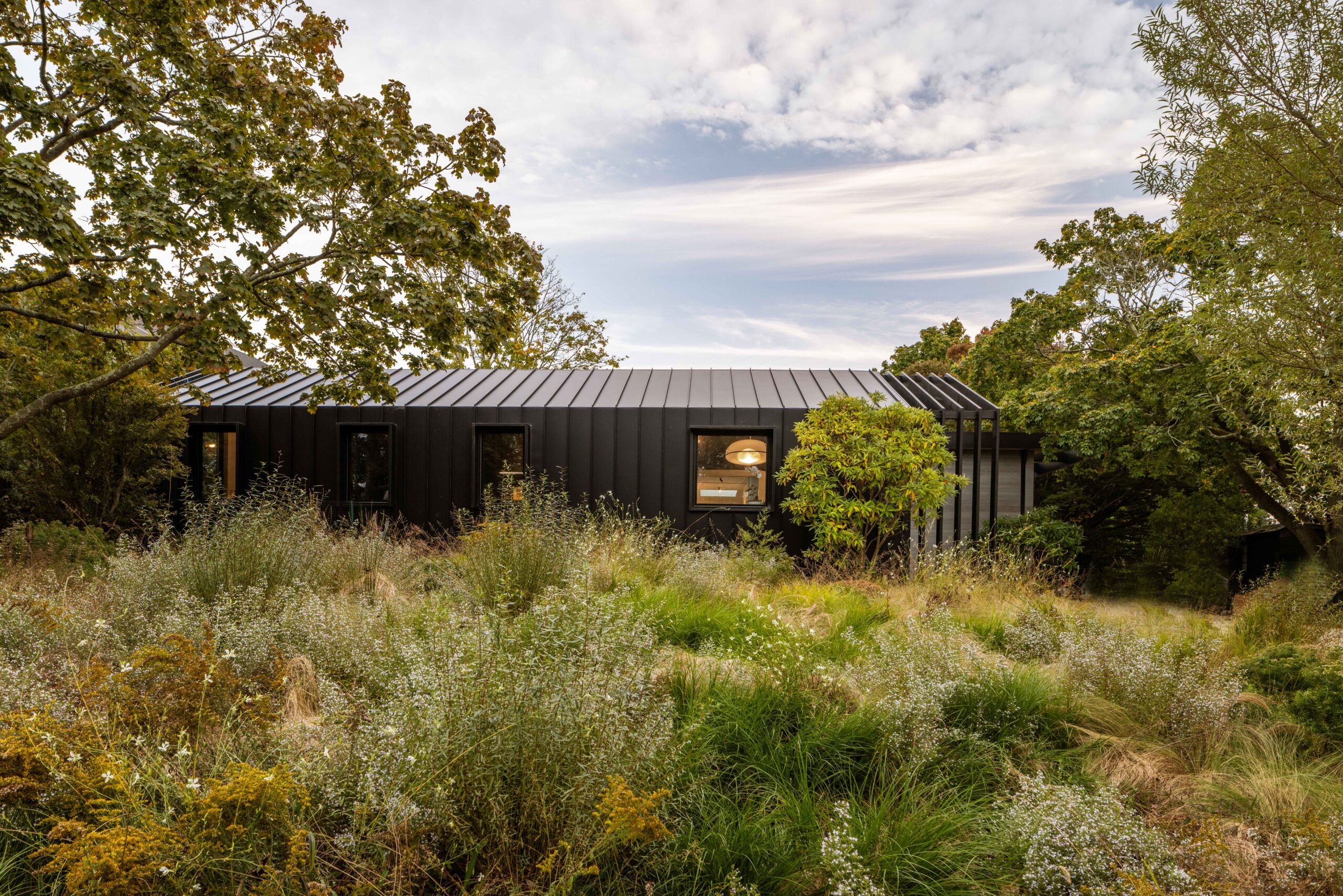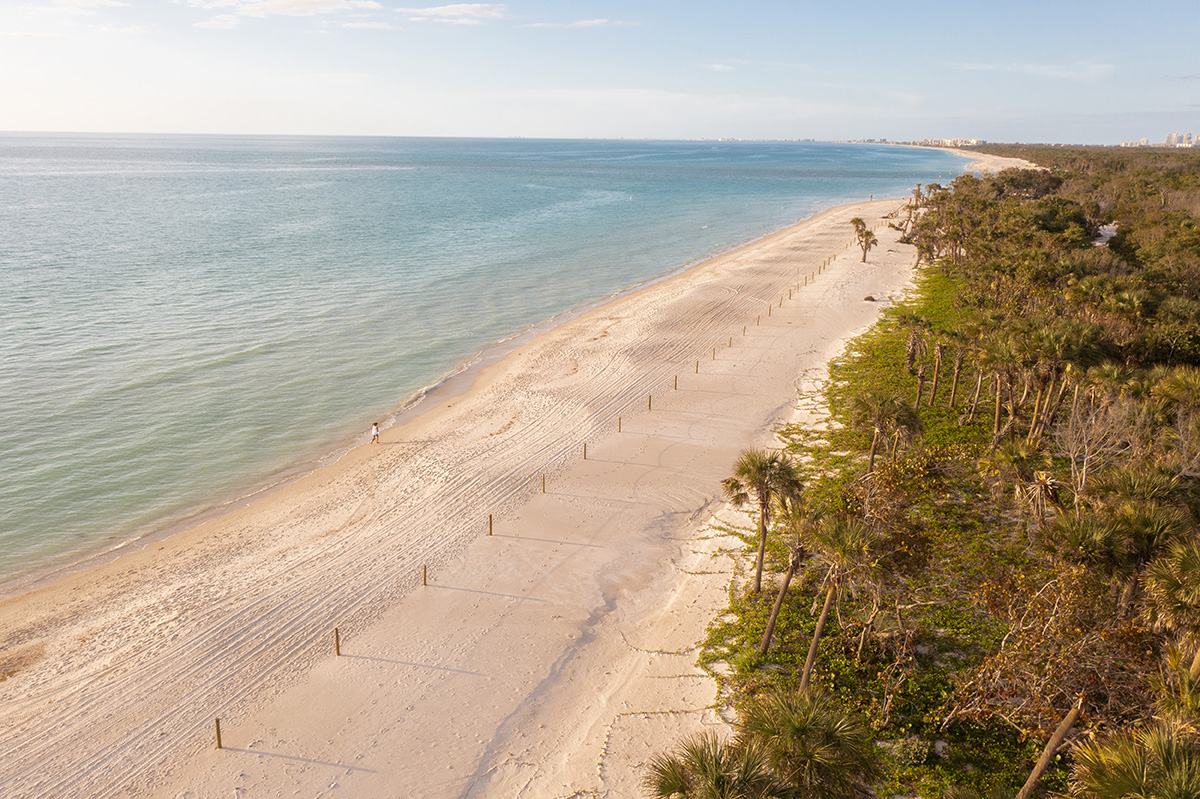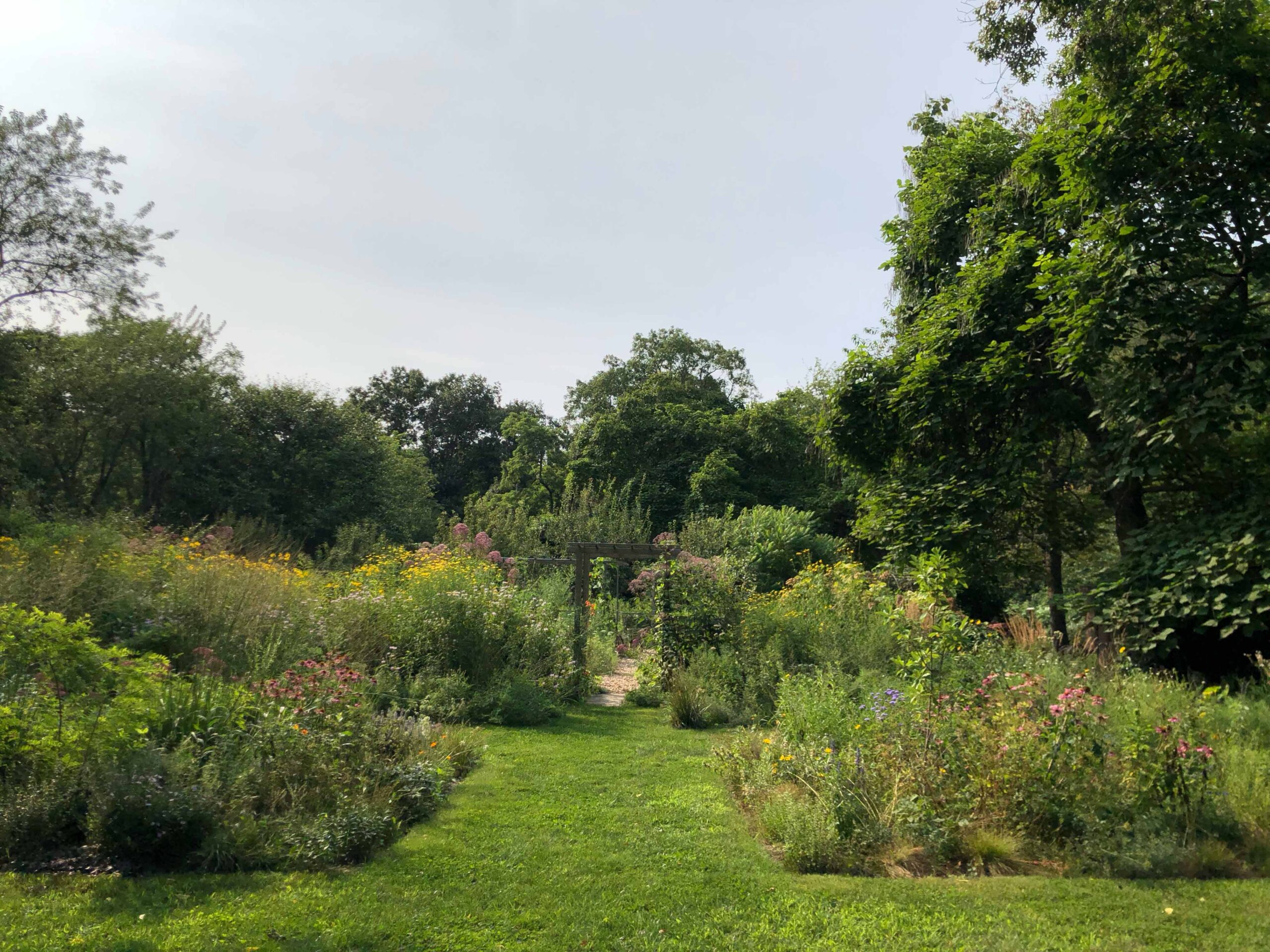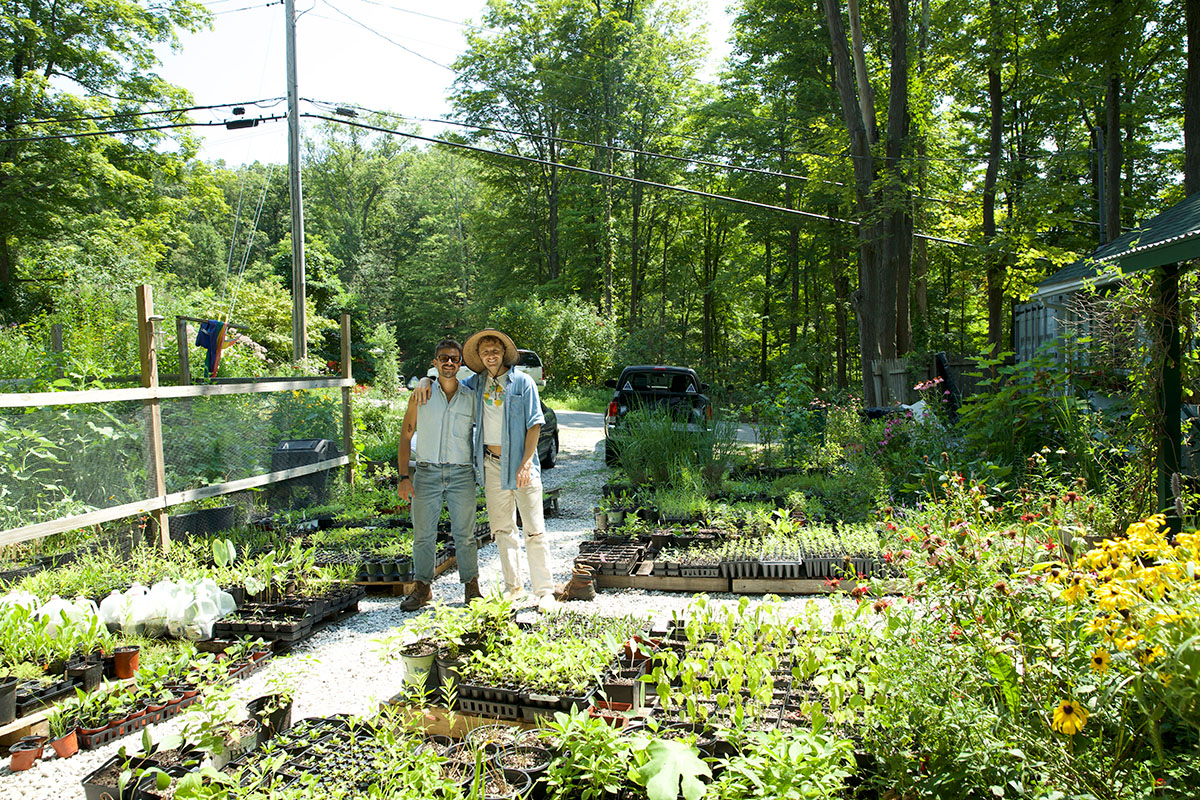
by Edwina von Gal
I’ve been thinking about what our landscapes say about us. Just the same as clothing, homes, or cars, landscapes tell the world a lot about their owners. They also tell the stories of the billions of lives—visible and invisible—that are living (or not) in our yards and how we are treating these plants, animals, and fungi that were there before we took over, and still need a home.
Garden owners and gardeners manipulate properties, creating gardens that showcase to the world just how smart, successful, tasteful, plant savvy, carefree, or eco-conscious they are, or want to look like they are. The more carefully clipped, sterilized, and controlled a property, the more resources (time and money) were obviously needed to get it there. Control sends a clear message of wealth and power. More control means fewer surprises; minimal changes from season to season and year to year—frozen in time, predictable, and rather lacking in life.
But nature wants it otherwise. It wants to grow and fill a place with life. It will never stop trying, and it is powerful. Keeping a place from aging naturally requires ever more control—more machines, more sprays, more mulch, more money. More impressive? The landscape industry hopes you think so. It has become a huge machine fueled by all the services a tightly controlled landscape needs to keep it looking just so. And yes, you know where I am going with this thought: the cost to the environment is harsh. Nary a branch out of line, never a nibbled leaf; no place for non-human lives to live—and not great for humans either, considering the constant onslaught of noise and poison.
There are alternatives and they are starting to send some new messages. How to read them? Even the “drive-by” eye can easily tell what priorities the property owner has in mind. Take a ride around and judge for yourself. Here are some of my thoughts:
Wall to Wall Carpet of Lawn = Power Play: lord and master of all. Nothing much but grass.
Trees and Shrubs Shaped with Military Precision = Control issues: everything bound up in shapewear.
Privet, Boxwood, Mophead Hydranges, Crepe Myrtles = Fashion Victim: two decades late to the party.
Yellow Warning Tags = Blind Optimism: “Huh, pesticides are bad for me?”
Huge Hedges = Insecurity: “I don’t want to engage with the community, but I want them to think I’m someone special.”
Monocultures—Huge Swaths of One Kind of Plant = Short on ideas: High Impact with minimal creativity.
Diverse, Unclipped Plantings = Setting the stage: challenging the norm-complexity is not the same as messy
Native Ground Covers = Spreading the love: finding new solutions like using large swaths of lawn alternatives.
UnMowing = Conscious Uncoupling: letting go of the norm, welcoming wildlife.
Major Meadow = Eco Chic: on trend, changing the garden aesthetic.
Gardens need a new look, a new kind of care that is caring and welcoming to all life…. Can you see it coming? Could it be time for a bit of self assessment? Landscape as therapy—the best kind.
BOOK RECOMMENDATION
The Book of Wilding: A Practical Guide to Rewilding Big and Small , by Isabella Tree and Charlie Burrell
“In this age of eco-anxiety, when we can so easily feel utterly powerless and overwhelmed by the challenges of climate change and biodiversity loss, experiencing rewilding seems to restore a sense of agency and ambition.” —Isabella Tree and Charlie Burrell
Photo: The owners of this garden designed by Refugia outside of Philadelphia replaced their front lawn with a vibrant, native meadow. Photo by Ngoc Minh Ngo.
